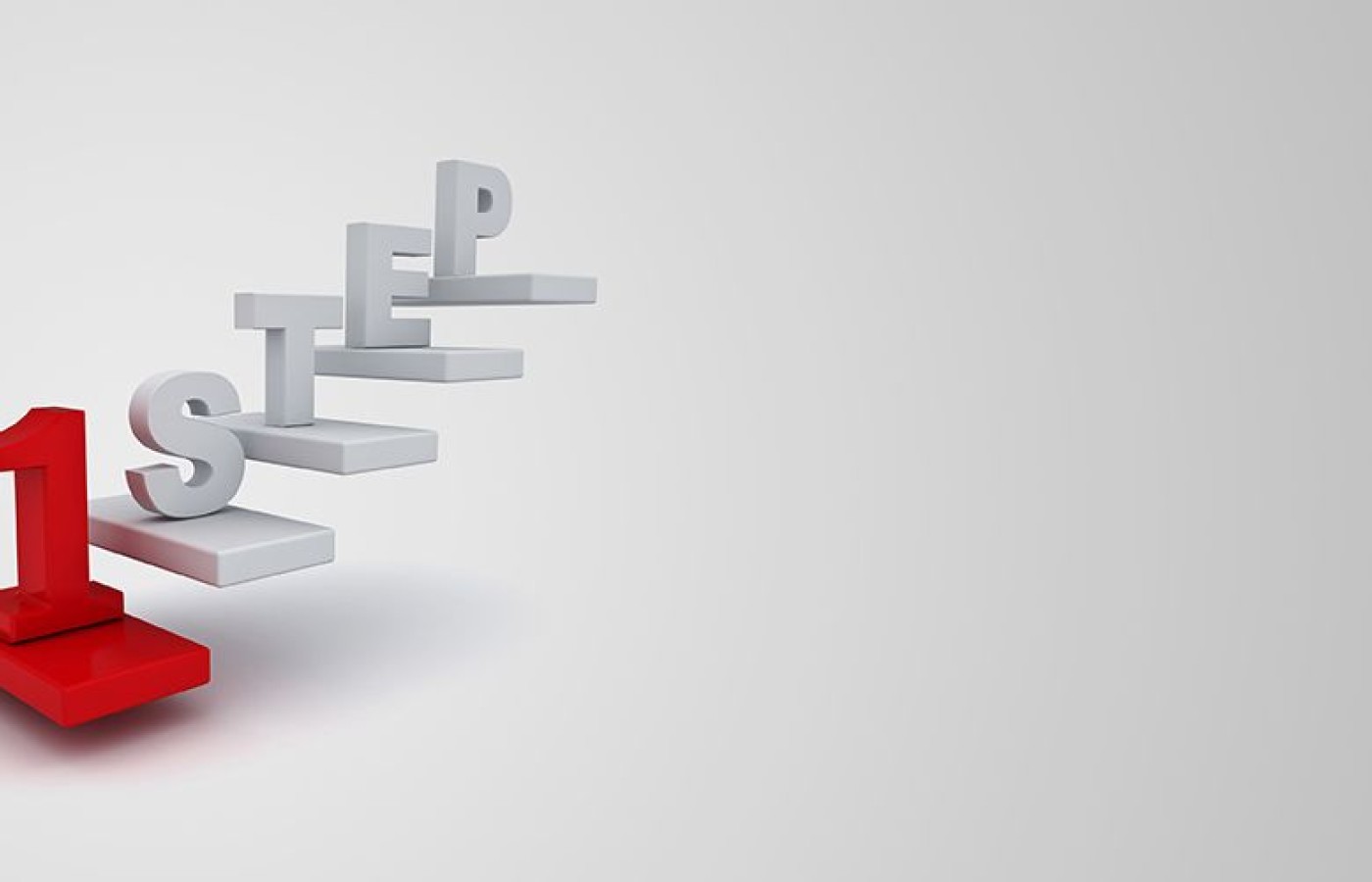On Oct. 21, 2025, a judge in Florida issued a groundbreaking decision in Complete Care v State Farm, 25-CA-1063. It concerns a fact pattern that many chiropractic doctors have faced wherein an insurer, such as State Farm or Allstate, decides to simply stop paying all claims submitted by a healthcare provider.
| Digital ExclusiveGet Off Your Butt and Get Out There
While the tone of this month's article may seem a bit harsh, it is extremely sincere. Forces have arisen that are repositioning chiropractic in the health care arena and providing opportunities for doctors of chiropractic to serve a wider percentage of patients. Here's what I mean:
- Nearly 65 million Americans report experiencing a recent episode of back pain1 – that's approximately 20 percent of the U.S. population.
- Twenty-seven percent of opioid-naïve patients suffering from newly diagnosed low back or extremity pain receive an opioid prescription2 – even with their established lack of efficacy and potential for great harm.
- Back pain patients who see doctors of chiropractic report they are more satisfied with their care than back pain patients who see medical doctors3 – our patients and our research are speaking for us.
- In the last half of 2020, 23.8 percent of medical physicians intended to leave their practice within two years and 31.4 percent intended to reduce their hours4 – other surveys suggest it may have gotten worse since then.
The Door Is Open, But...

The above gives all U.S. doctors of chiropractic an unprecedented opportunity to have discussions with their local medical doctors, urgent-care centers and hospitals. There is absolutely no argument that chiropractic is superior to medical care when it comes to back pain. Why not let us do we what do best, relieve the enormous stress on medical providers and provide opioid-free care? (This does not in any way discount the fact that chiropractic accomplishes so much more than back pain relief.)
The door is open ... but we have to be willing to make the first move. Like a shy person standing against the wall at a party, our patients and our profession will never realize the full value of this opportunity unless we step out and shake some hands. It's that simple.
You wouldn't refer people you care about to a restaurant unless you know it has good food, right? Likewise, your local medical doctors, charge nurses, urgent-care centers, etc., won't refer their patients to you unless they know you and appreciate the incredibly effective, low-cost and much safer care you offer. That includes always providing a follow-up report of your findings and treatment plan to the referring provider.
(It wouldn't hurt to pay a visit to the providers who already refer to you if you haven't connected with them recently. Maybe they know of other medical providers who would like to get to know you; it doesn't hurt to ask.)
The Good and Bad News
The good news for the chiropractic profession is that over the past two years alone, I have talked to many DCs who did just what I am suggesting; and enjoyed new patients they never would have seen and some of their best revenue months ever. The bad news is that most doctors of chiropractic still haven't even thought of reaching out to their overworked, highly stressed, ready-to-quit medical colleagues.
Please take a look at your calendar and pick out a day or even an afternoon, this week or at the latest, next week, to make this happen in your community. If you feel a little nervous, ask another DC to join you. (Yes, your local colleagues are not your enemies, even if you compete with them for patients / revenue!) Your new patients will thank you, your practice will thank you, and the medical providers you help relieve will thank you.
References
- Chronic Back Pain. Georgetown University Health Policy Institute: https://hpi.georgetown.edu/backpain/#
- Azad TD, Zhang Y, Stienen MN, et al. Patterns of opioid and benzodiazepine use in opioid-naïve patients with newly diagnosed low back and lower extremity pain. J Gen Intern Med, 2020 Jan;35(1):291-297.
- Hertzman-Miller RP, Morganstern H, Hurwitz EL, et al. Comparing the satisfaction of low back pain patients randomized to receive medical or chiropractic care: results from the UCLA Low-Back Pain Study. Am J Pub Health, 2002;92(10):1628-1633.
- Sinsky CA, Brown RL, Stillman MJ, Linzer M. COVID-related stress and work intentions in a sample of US health care workers. Mayo Clin Proc Innov Qual Outcomes, 2021 Dec;5(6):1165-1173.
Read more findings on my blog: http://blog.toyourhealth.com/ wrblog. You can also visit me on Facebook and Twitter (donpetersenjr, @donaldpetersen).



